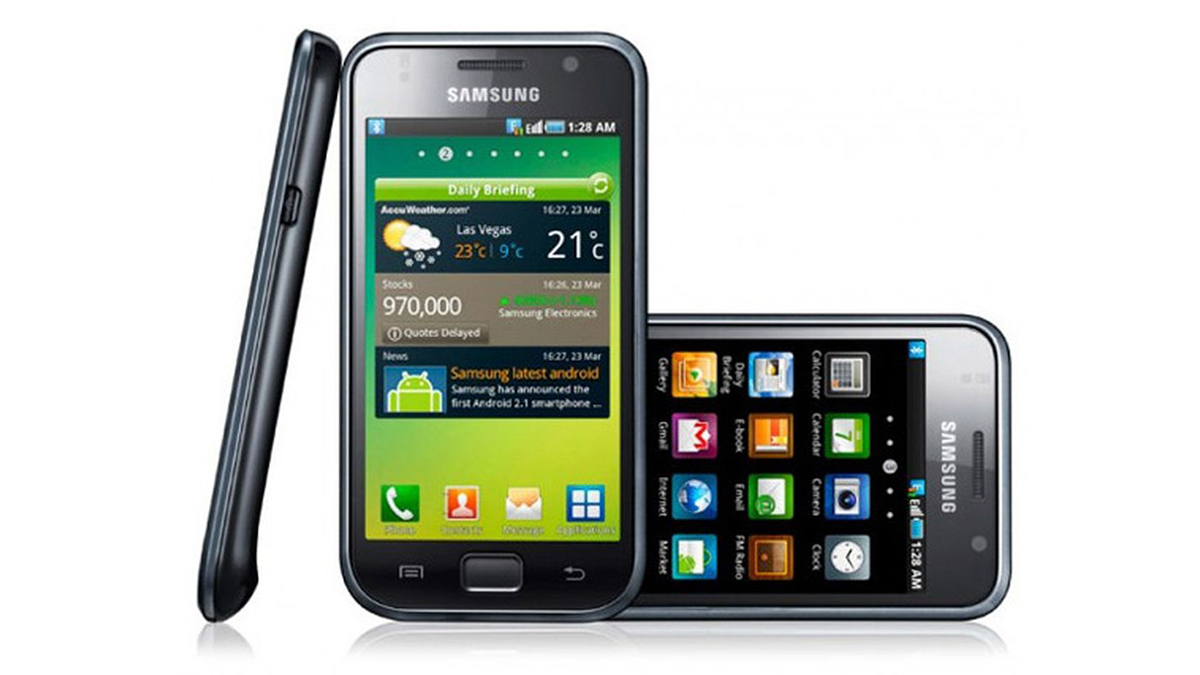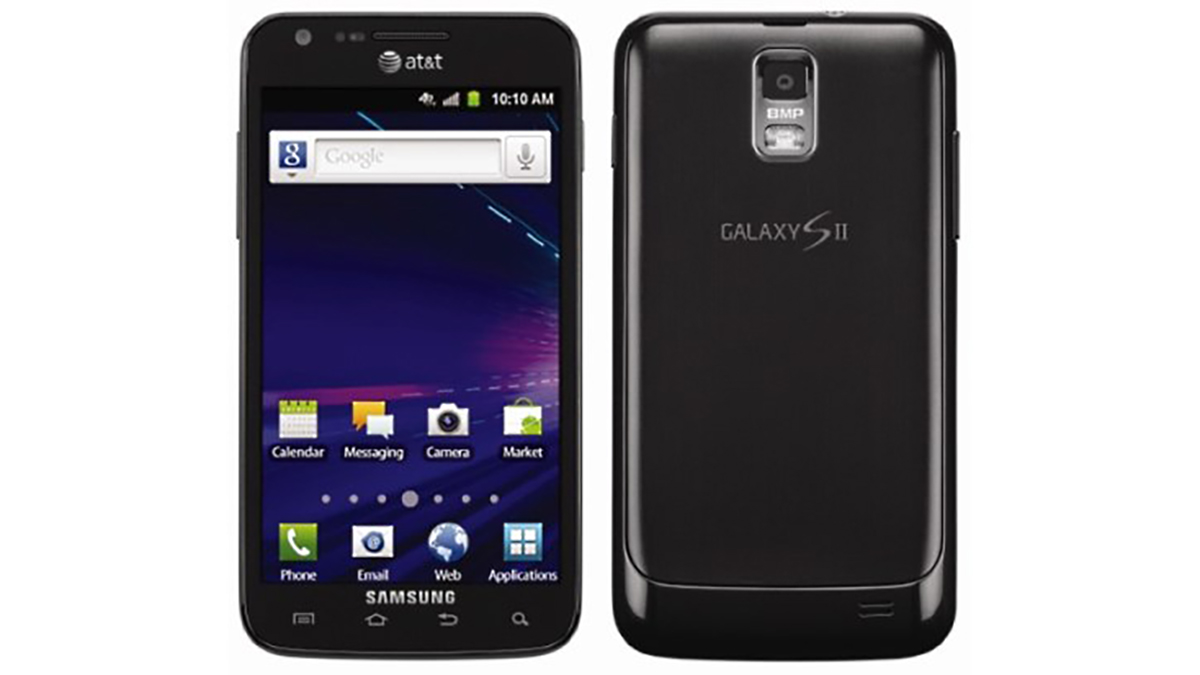For many folks out there, the Samsung Galaxy S series isn’t just a family of Android phones — they are synonymous with the entirety of Android itself. Ask around and you’ll likely find someone you know who will refer to any Android device as a “Galaxy,” even if it’s not made by Samsung. That’s how prevalent the Galaxy S series really is.
Samsung didn’t make the Galaxy S series the biggest name in Android overnight. It gradually gained steam with the line before it took off with the Samsung Galaxy S3 and Galaxy S4, the latter of which being the best-selling Android phone of all time. Since then, Samsung has refined — and completely obliterated — its formula for Galaxy S phones, but the company’s status as the number one name in Android still holds strong.
In 2020, Samsung is poised to take the Galaxy S line to new heights with a new naming scheme, a new ultra-premium variant, and new features with the Galaxy S20 series. Before that happens, we thought we’d go over the history of the Samsung Galaxy S line from its humble beginnings all the way through to today.
Editor’s note: To keep things concise, we’ll be sticking to the core Galaxy S releases. Samsung has released plenty of S series spin-offs (and questionable experiments) over the years — most recently the S10 Lite — but only the core flagships will be represented here.

In March of 2010, Samsung officially unveiled the Samsung Galaxy S, the very first entry in the new “S” line. Previously, in 2009, the company had launched the Samsung Galaxy, its very first phone powered by Android.
The Galaxy S was, at the time, one of the most powerful phones on the market. Its graphical processing power outmatched any other Android phone and even trounced the iPhone 3G, which was the most recent Apple phone available at the time. This raw power coupled with an attractive design and slim form-factor pushed the Galaxy S to over 25 million units sold.
Related: Pop Quiz: Was it Samsung or Apple?
However, the Galaxy S suffered greatly from a very confusing release lineup. All in all, there were over two dozen variants of the Galaxy S smartphone, some with different processors, different designs, and even different operating systems. This was incredibly different from Apple’s strategy, which was to release one phone with little variation globally.
Ultimately, though, the Galaxy S was a huge hit for Samsung. It wasn’t long before the company was hard at work at a follow-up.

In hindsight, Samsung’s decision to release over two dozen variants of the original Galaxy S phone seems like a poor one. However, it worked out for the company as the phone was a huge success, so Samsung essentially doubled down for the 2011 entry in the series, the Samsung Galaxy S2.
With the S2, not only were there different versions of the device around the globe, but even the three supported major wireless carriers in the United States got completely different devices with different designs and even different names. It was incredibly confusing.
Related: Samsung Galaxy S2 Epic 4G Touch Full Video Review and Hands-on
As such, it’s difficult to talk about the Galaxy S2 as one device. For example, the global version of the S2 featured a large home button at the bottom with two capacitive buttons flanking it on either side, similar to the original Galaxy S. Meanwhile, North American versions such as the AT&T variant (shown in the image above) feature four capacitive buttons in a row. The Sprint variant didn’t have an NFC chip while all other US variants did, and the T-Mobile variant had a unique processor (the Qualcomm Snapdragon S3). The AT&T variant even had a significantly smaller display as compared to the Sprint and T-Mobile versions. It was madness.
Luckily for Samsung, all this confusion didn’t hurt its overall bottom line. The Galaxy S2 sold even better than the original Samsung Galaxy S, clocking in at over 40 million units sold. The company had clearly struck gold with its Galaxy S line, which it would prove in spades with the next two entries in the series.

With Samsung overtaking Apple in smartphone sales in 2011 based largely on the success of the Galaxy S2, all eyes were on Samsung in 2012 as it prepared to launch the new entry in the series. Little did anyone know that the Galaxy S3 would go on to sell 70 million units, making it the second-best-selling Android smartphone of all time. In fact, the only Android phone that sold more units than this one was another Galaxy S phone (which we’ll get to in a minute).
Thankfully, with the Galaxy S3, Samsung started to abandon its strategy of releasing dozens of confusing variants of the device. Sure, it still launched way too many versions of the Galaxy S3, but it wasn’t as problematic and excessive as the Galaxy S2 and original Galaxy S.
Related: Samsung Galaxy S3 review: The best smartphone ever made?
With the Galaxy S3, Samsung was finally on even footing with Apple. Remember that the first iPhone came out in 2007, giving the Cupertino company a significant head start in the premium smartphone market as compared to Samsung. But the iPhone 5, Apple’s smartphone that launched the same year as the Galaxy S3, sold about the same amount of units as the S3. This made the Galaxy S3 the first bonafide “iPhone killer.”
In 2012, Samsung posted record-setting profits, thanks largely to the success of the Galaxy S3. In the years to come, it will be impossible to talk about the best smartphones of all time without mentioning this one.

When you talk about the Samsung Galaxy S4, you are talking about a pillar of its industry. From a sales perspective, no other Android phone has even come close to records set by this device. It sold 20 million units in its first two months, which is just insane. As a comparison, the Samsung Galaxy S9 sold less than that over its entire first year.
Samsung did the smartest thing it could with the Galaxy S4: it simply took the design aesthetic, hardware, and features of the incredibly successful Galaxy S3, and refined them. In fact, aside from being slightly bigger than the Galaxy S3 and with a redesigned home button, the two devices look remarkably similar.
Related: Samsung Galaxy S4 review
The Galaxy S4 was also, thankfully, the first phone in the Galaxy S line to launch in different countries with similar specs and design across all of them. Sure, there were still plenty of differences, but you could finally use the word “cohesive” to describe a Galaxy phone line without being laughed out of the room.
The only real downside to the Galaxy S4 was that Samsung went a little too crazy with adding new features. Bloatware was a huge problem for the device, and the company spent more time than it should have on gimmicky features such as Air Gesture, which allows you to scroll through your phone without needing to physically touch the display. Samsung would soon abandon this feature and others that debuted with the Galaxy S4.

Here at Android Authority, our readers love the Samsung Galaxy S5. Just read through the over 230 comments on this post to see how much our readers love this phone, despite it being completely outdated at this point.
One of the biggest reasons this phone is so popular is because it’s the last of its kind as far as the classic Galaxy S design goes. The S5 is the last in the series to feature a plastic removable backplate, which gave users easy access to the removable battery, among other internals. It’s also the last “durable” phone in the Galaxy S line. Although Samsung would continue to offer Active devices in the Galaxy S line, the Galaxy S5 didn’t really need the distinction (this didn’t stop Samsung from releasing a Galaxy S5 Active, though).
Related: Samsung Galaxy S5 review
Unfortunately for Samsung, the Galaxy S5 represented a different kind of end: the end of growth. Although the Galaxy S5 was a sales monster by today’s standards, Samsung reportedly sold 40% fewer units of the S5 than it did of the S4. This resulted in a massive drop in market share as well as a management shake-up at Samsung. That’s one of the big reasons why there ends up being such a dramatic shift between the design of the Galaxy S5 and the eventual Galaxy S6.
In hindsight, the drop in sales for the Galaxy S5 wasn’t entirely Samsung’s fault. The smartphone boom of the early 2010s was on the decline. There were simply fewer people around who were buying their first smartphone at this point, which Samsung should have done a better job anticipating.

With the disappointing sales of the Galaxy S5, Samsung needed to reinvent the line. Not only did it give the Galaxy S design a dramatic overhaul in 2015 with the Galaxy S6, but it also did something it had never done before: release two different models. Not content with that, it eventually even dropped a third model later in 2015.
Let’s start with the design. In an effort to make the Galaxy S line look and feel more premium, Samsung abandoned the removable plastic backing of previous phones and went with an all-glass back. Additionally, the S6 featured a unibody chassis made of metal which further emphasized Samsung’s high-end ambitions.
Not content to stop there, Samsung simultaneously introduced a different variant: the Samsung Galaxy S6 Edge. This device looked very similar to the normal Galaxy S6 but featured curved glass on either side of the display. Samsung had previously tested this idea with the Galaxy Note Edge, which featured curved glass on just the right side of the display.
Related: Samsung Galaxy S6 review
These phones both came out in March of 2015. Later, in August, Samsung unveiled the Samsung Galaxy S6 Edge Plus. This would represent the first “Plus” model in the Galaxy S family (even though a new Plus model wouldn’t come for two more years). As one would expect, the S6 Edge Plus was essentially a bigger version of the regular S6 Edge.
Samsung never revealed a final tally of how many Galaxy S6 phones it sold. However, most analysts agree that the phone didn’t sell as well as the Galaxy S5 and Samsung even felt the need to lower the retail pricing of the S6 and S6 Edge only a few months after they launched. This is why, unfortunately, the Galaxy S6 will forever be seen as an awkward transition device. Thankfully, things get better for Samsung the following year.

31/01/2020 05:00 PM
31/01/2020 09:13 PM
31/01/2020 10:30 PM
31/01/2020 06:57 AM
31/01/2020 03:30 PM
31/01/2020 05:24 PM
2014 © Canadian apps and news